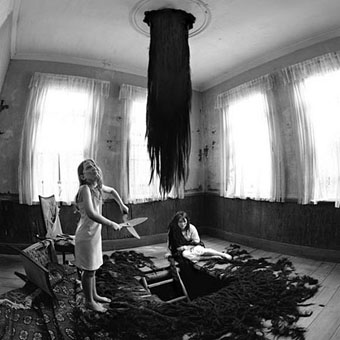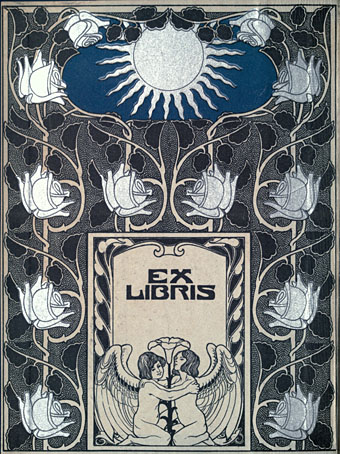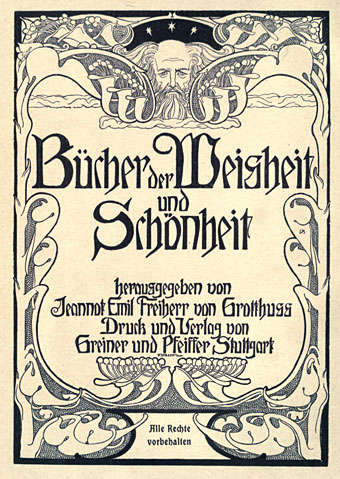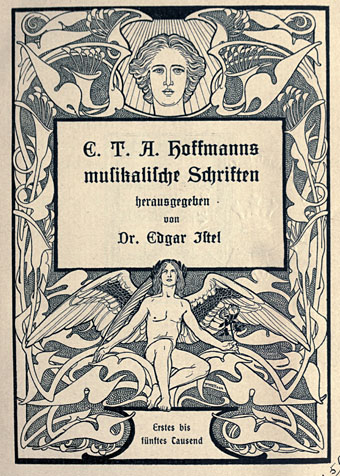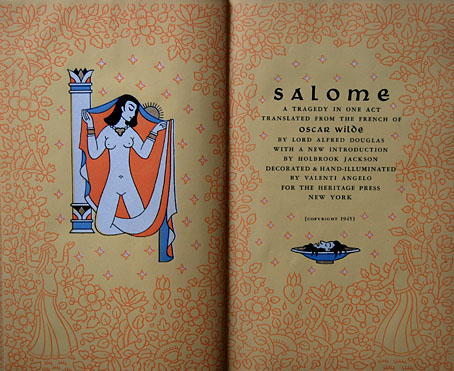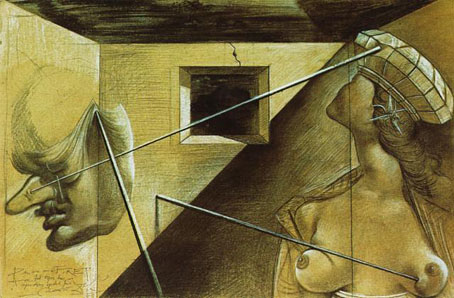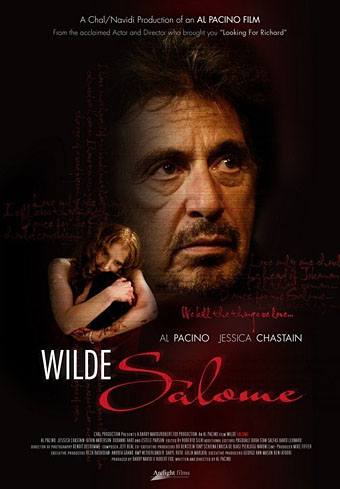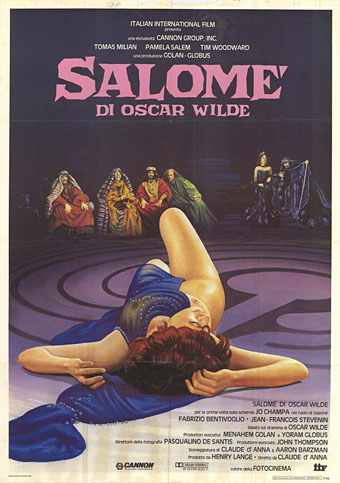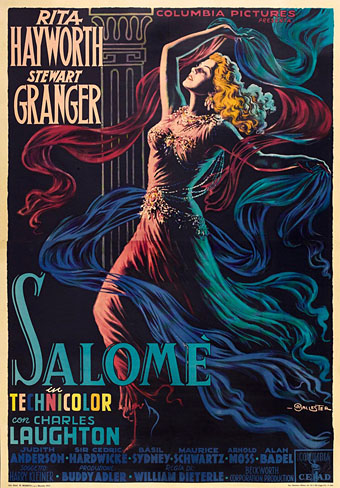Rapunzel (2004).
Emphasising the “grim” in the Brothers Grimm is what Japanese artist Miwa Yanagi achieves with Fairy Tale, a series of staged photos. It’s a familiar approach, of course, mining childhood for a darker subtext, and the effect is reminiscent in places of earlier explorers of this disturbing territory such as David Lynch and Jan Svankmajer. But Yanagi adds some twists of her own, not least the alarming figures of young girls masked to resemble old women. Despite being based on tales from the West, there’s a distinctly Eastern flavour to some of these scenes: in Rapunzel the usual golden locks have become a black torrent which can’t help but seem sinister when one recalls the legacy of supernatural hair in ghost stories like Yotsuya Kaidan.

There’s a catalogue of these works available although the text may well be Japanese-only. And speaking of Svankmajer, it’s worth noting again that Alice is now available on DVD. David Moats enthuses about the film here.
Thanks to Gabriel for the Yanagi tip!
Previously on { feuilleton }
• Kwaidan
• The art of Maleonn Ma

